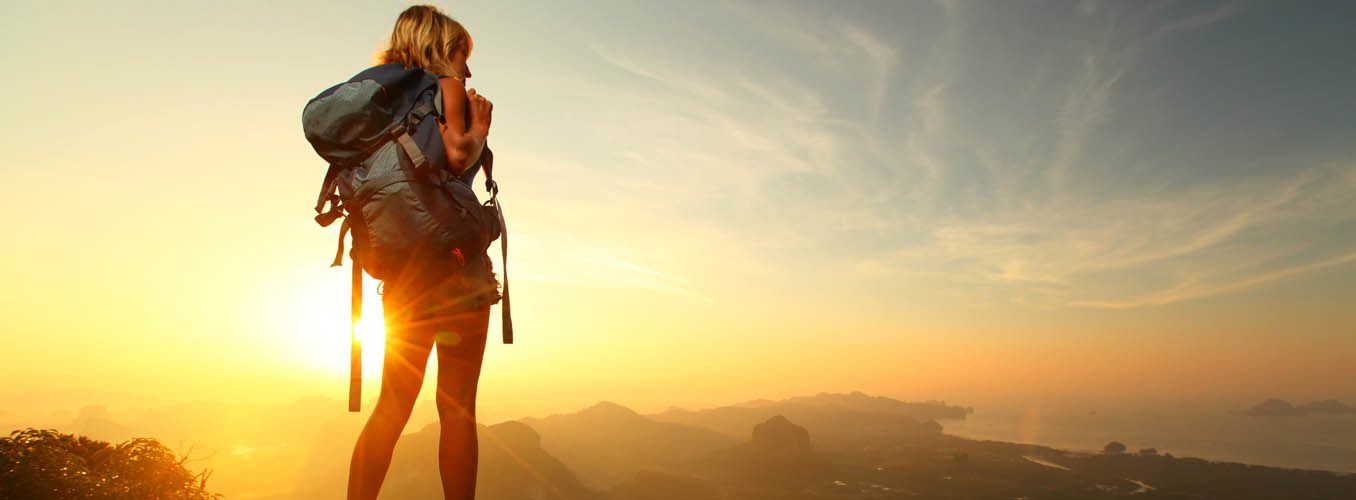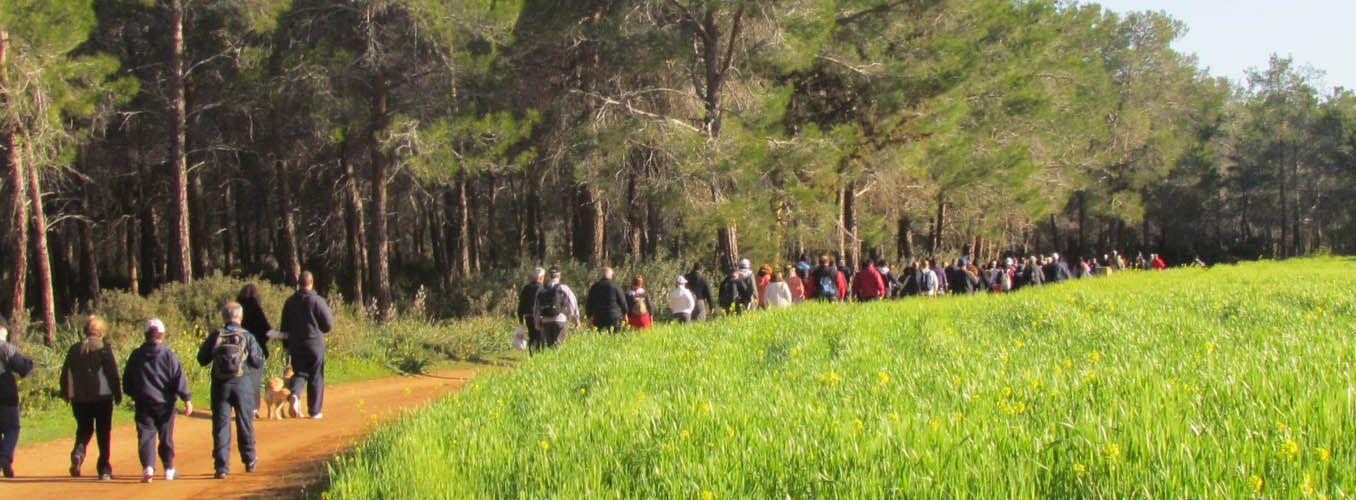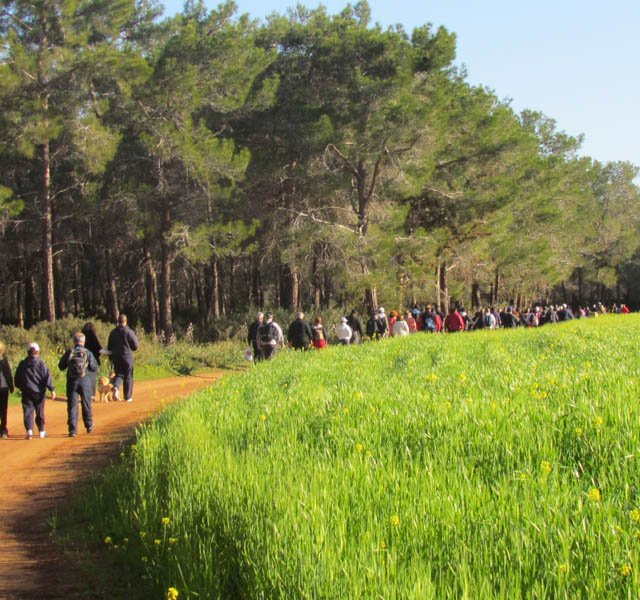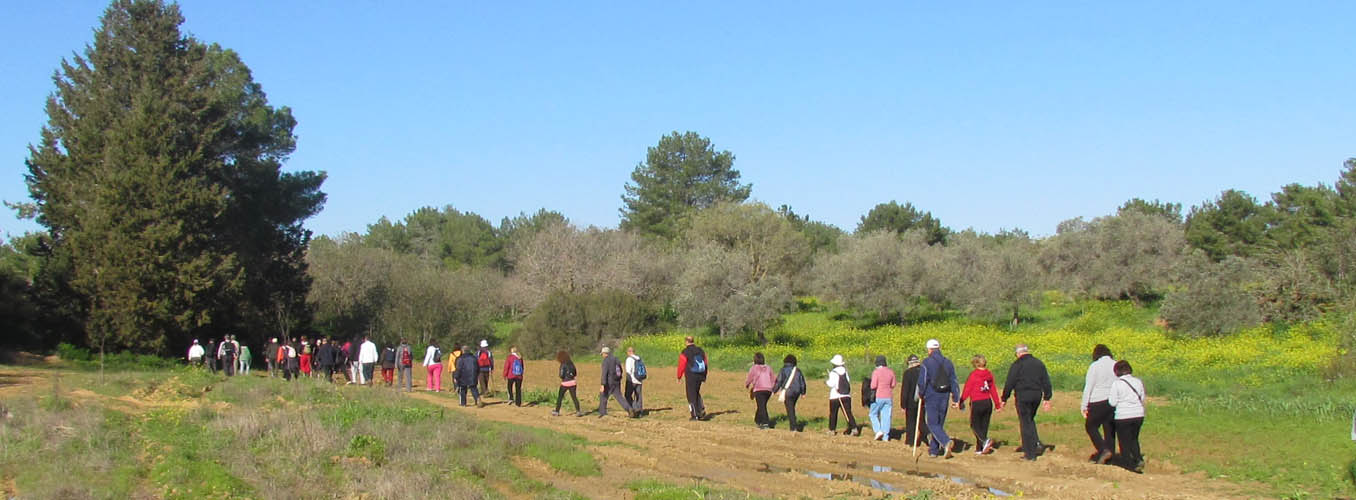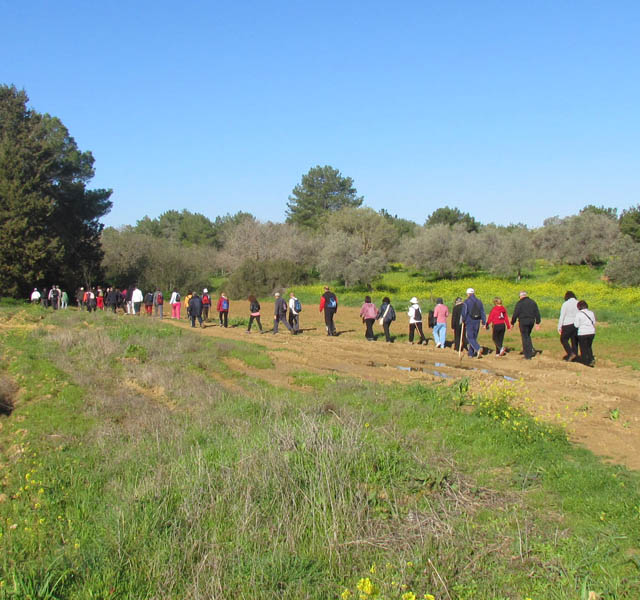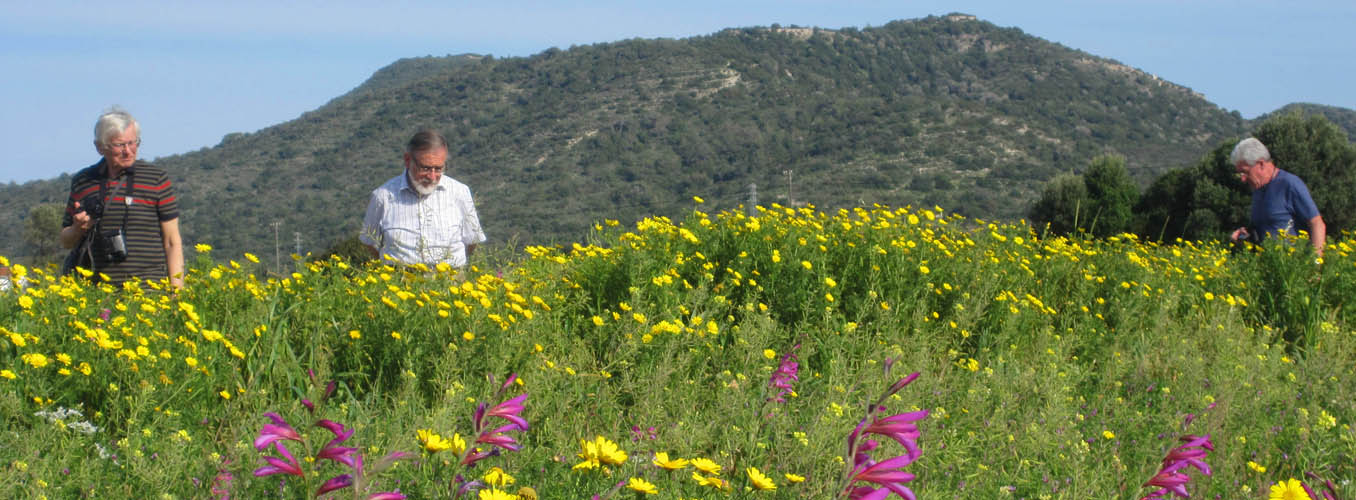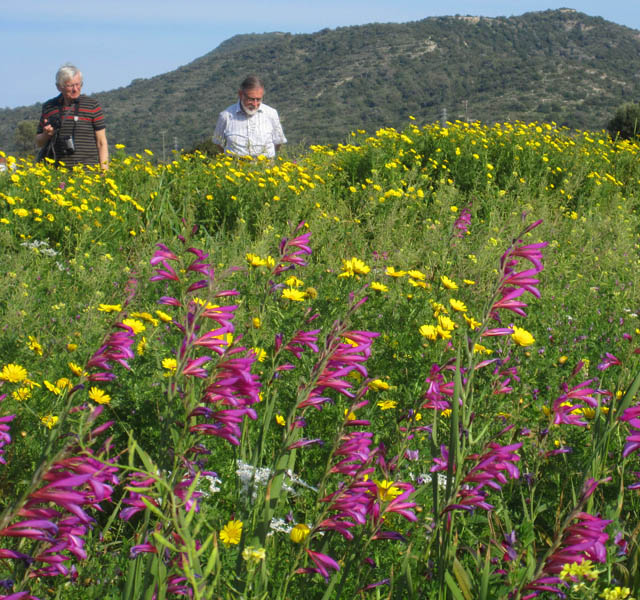Forest trails follow the top of the mountain ridge and the lower slopes and are well graded. Some trails are broad track, others well-defined footpaths. Walks are generally easy to moderate. Many of the published walks are round walks so that visitors can return to their vehicles. Others are A to B so pick-up arrangements would have to be made. Mobile phones work in most areas.
Rainfall occurs from end-October through to end of April. The most popular months for walking are autumn through to spring when temperatures have subsided after the long hot summer drought. After the first winter rains the island becomes green and floral and the landscapes are once again colorful and scented.
The Kyrenia Range rises dramatically up from the coastal plain and is sometimes described as the ‘Gothic Range’ on account of its vertical strata. The highest peak is approx. 1,000 metres. Mountain trails are well-marked on both the north and south side. The mountains are forested predominately with pine and cypress trees. Higher up one can see the Eastern Strawberry trees with their distinctive smooth red bark. In spring there are many orchid species to be seen. The Anatolian orchid carpets the forest floor in many places. From everywhere there are panoramic views. Some walks include the opportunity to visit Crusader Castles, dramatically perched on impossible summits along the range. You can walk through history encountering old ruined monasteries and churches hidden in secluded valleys. On the coastal plain there are walks through olive groves, some with very ancient trees being living monuments to time. There are reservoir walks which provide interest for bird-watching and walks bordering cultivated fields. There are walks through ‘garrigue’ habitats where in the spring the rock roses colour the landscape pink and white. There are coastal trails where one can walk along cliffs and through areas where there is no development, just empty beaches interspersed with rocky reefs and sweeping skies. The Karpas peninsular, being one of a number of protected areas, offers a network of trails on both the north and south coasts. Near Apostolos Andreas Monastery it is possible to see the wild donkeys, now looked after and enclosed in a large reservation. On the south side one can walk along one of the most spectacular beaches in the whole of North Cyprus.



